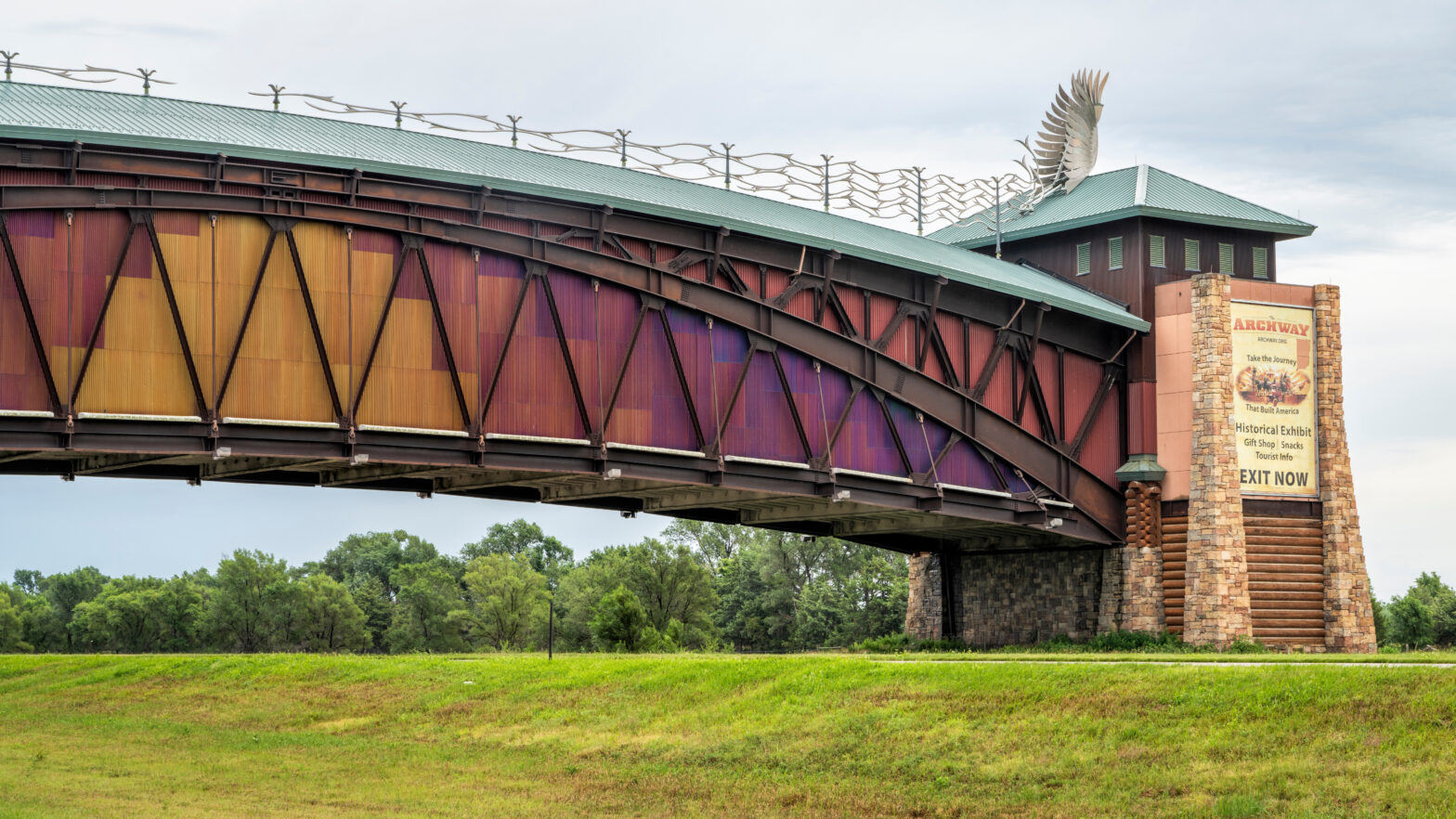While larger heartland cities like St. Louis, Nashville and Kansas City are often recognized as regional economic engines, smaller micropolitan areas—defined by populations between 10,000 and 50,000—are generating significant momentum of their own. The last issue of Pulse of the Heartland explored Ruston, Louisiana, a vibrant micropolitan experiencing a unique rise in growth opportunities. This week, the spotlight turns to Kearney, Nebraska, where thoughtful planning, strategic investments and a sense of shared purpose are contributing to a high quality of life and fueling steady growth within the community.
A Micropolitan to Watch
With a regional population of 34,000, Kearney is located two hours west of Lincoln, Nebraska and has long played an outsized role in the state’s economy. Its initial growth coincided with the expansion of the Union Pacific Railroad in the late 1800s, and today, it remains one of Nebraska’s most dynamic cultural and historic hubs—home to the largest migration of Sandhill Cranes in the world, which directly contributes roughly $14 million in annual economic impact and $380,000 in tax revenue. Alongside regional tourism attractions like these and the area’s natural beauty—recent investments in health care, infrastructure and recreation have helped make Kearney one of Heartland Forward’s 2025 Most Dynamic Micropolitans.
Recent Growth
Since 2019, Kearney’s population has grown 2.5%, adding nearly 1,500 new residents—defying recent declines in other parts of the state. Projections suggest another 1,300 residents could arrive in the next five years, many of whom are attracted to the city’s robust health care infrastructure and investments in community-centered recreation activities and spaces.
In June 2025, Kearney was named Nebraska’s fifth Good Life District, a state-wide initiative designed to encourage major economic development and tourism by investing in retail, housing and entertainment projects. Through this designation, Kearney will be allowed to retain half of its state sales tax revenue for the next 30 years to fund development and quality-of-life projects. City leaders plan to direct those funds toward the area surrounding Kearney’s newly constructed sports complex, adding more than 200 acres of retail, dining and destination attractions. The initiative reflects one of Kearney’s key ongoing strategies: invest locally, build deliberately and create places where community and commerce intersect.
“Kearney stands out because people here genuinely show up for one another. Whether it’s entrepreneurs, city leaders or volunteers, there’s a shared pride in moving our community forward. Kearney is truly a unicorn, a place where people care deeply, work together and believe in what we’re building,” said Derek Rusher, President and CEO of the Kearney Area Chamber.
Housing Investments and Quality of Life
Growth brings both opportunity and, at times, pressure. A 2017 housing study, completed with the University of Nebraska at Kearney (UNK), found strong demand for smaller, more affordable homes. The study estimated a need for 2,700 new housing units by 2030 to keep pace with expected population increases.
Kearney’s response to this challenge has been pragmatic. City planners are modernizing zoning codes, layering financial tools across federal, state and local levels and encouraging mixed-income development. The city’s approach underscores a key principle that can help guide other thriving micropolitans: plan for growth before it becomes a constraint.
Expanding Health Care Access and Growing the Talent Pipeline
Access to health care in rural areas remains a critical challenge for many communities across the heartland, but Kearney’s higher-education partnerships are helping remove barriers to care. The University of Nebraska at Kearney, in partnership with the University of Nebraska Medical Center (UNMC), has expanded the college of nursing and added seven new professional programs that were not previously available in the region, which will create longstanding positive impacts on the local health workforce and available care.
Because medical graduates often settle near where they study, these programs help keep health care talent in Nebraska. UNK and UNMC also offer the Kearney Health Opportunities Program (KHOP), which awards scholarships to high school students who commit to returning to Nebraska’s rural areas after completing their degrees. Together, these initiatives strengthen health care infrastructure and reinforce Kearney’s reputation as a regional hub for health, education and opportunity. Research from Heartland Forward underscores the broader economic potential of such efforts, finding that expanding medical residency programs in Arkansas could add $465 million to Arkansas’s economy—a powerful indicator of how investment in local medical education can yield lasting regional benefits.
Lessons for Other Micropolitans
Kearney demonstrates a thoughtful approach to social and economic development at the micropolitan level, particularly by:
- Expanding educational offerings and capitalizing on existing health care assets to attract and retain medical talent
- Proactively planning to meet future housing demand and promoting sustainable community growth
- Investing in spaces that foster community and prioritizing quality of life while driving economic activity
Kearney’s trajectory illustrates that growth doesn’t have to mean losing a sense of place. Pairing practical planning with deep community engagement keeps housing attainable, jobs local and health care within reach. Across the heartland, cities of various sizes can adopt this approach: prioritize people and align around shared goals to achieve sustainable growth.

